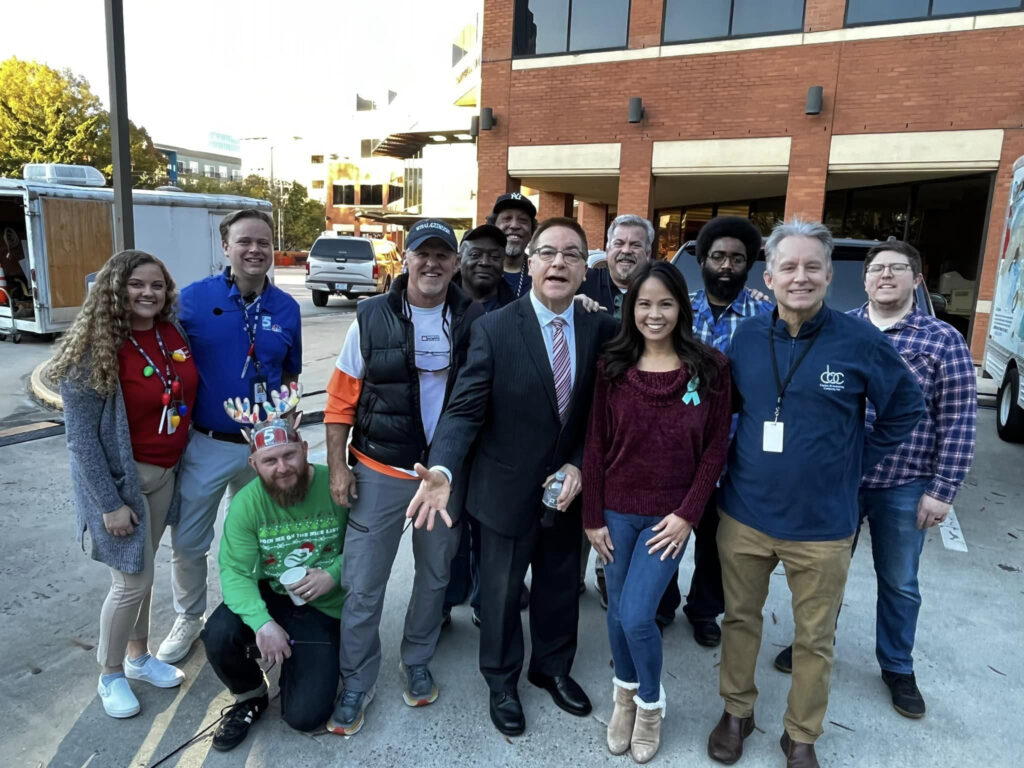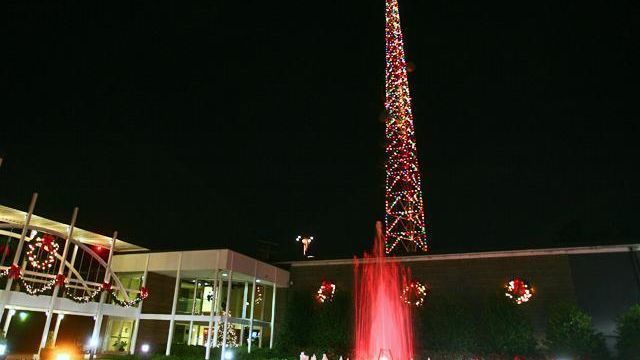Save Our Sounds
“Save Our Sounds” was WRAL-TV’s award-winning environmental awareness campaign that focused attention on threats to the sounds and waterways along the coast of North Carolina.
This long-term station commitment utilized news reports, documentaries and public affairs programming to inform North Carolinians about the issues and show what they could do to ease stress on the state’s threatened sounds and rivers.
“Save Our Sounds” began in 1988 with a documentary hosted by WRAL-TV anchorman Charlie Gaddy. “Troubled Waters” gave viewers an in-depth look at coastal pollution and stresses on the state’s estuaries.
A second documentary – “Troubled Rivers” – investigated pollution sources along the once-pristine Neuse River. WRAL environmental reporter Bill Leslie hosted the program that ended up winning the national Sigma Delta Chi award for Distinguished Public Service.
Leslie later wrote and presented a series of investigative reports on hog farm pollution, Pfisteria, Navy dumping, and dioxin contamination threatening our waterways. That series and the overall “Save Our Sounds” campaign were honored with the prestigious George Foster Peabody Award for journalism in 1991.
The “Save Our Sounds” effort got help and support from an unexpected source. Retired CBS anchorman Walter Cronkite played an active role in the campaign, observing coastal development from WRAL’s SKY5, making speeches and recording public service announcements.
WRAL’s environmental initiative brought change and made a tangible difference in the state. The campaign led to new statewide legislation, procedural changes by business and government, and cleaner water for the citizens of North Carolina.
Tower Lighting
More than a half century ago WRAL-TV began an annual holiday tradition that–to this day—lights up the night skies of West Raleigh and brings excitement and wonder to children of all ages. Each December the station turns its 300-foot-tall transmitting tower into the biggest Christmas tree in North Carolina.
The tradition began in 1959 as the brainchild of CBC founder A.J. Fletcher. At his urging, station engineers scaled the tower and strung colored lights top to bottom. It took nearly 3,000 lights to complete the job, but the results were spectacular and a tradition was born.
Early each December the tower lights are turned on during a special program featuring carolers, musicians and a variety of festive entertainment. The lights shine throughout the month of December and always draw a crowd.
In the early ‘60s, traffic jams would form as cars filled with tower-gazers backed up along Western Boulevard. Even today, hundreds of visitors come to the station to join the excitement when the switch is thrown and the lights of the WRAL-TV tower shine once again.
UCP Telethon
WRAL-TV and the United Cerebral Palsy (UCP) telethon share a history that goes back more than four decades.
WRAL-TV began televising UCP’s “Star Fest” telethon in 1969 and the fundraiser appeared annually on Channel 5 for the next 30 years—helping to raise millions of dollars to aid in the fight against the disorder.
Star Fest was one of the first annual telethons in the country. It was created in 1950 by network television executive Leonard Goldenson, whose child had the disorder. Television personality Dennis James was the first nationwide host, and he visited Raleigh on occasion to help with local fundraising efforts.
Longtime WRAL anchorman Charlie Gaddy is most-closely associated with the station’s telethon broadcasts. Gaddy hosted Star Fest for many years and UCP honored him for his efforts by naming a children’s treatment center for him after he retired.
In 2000, the WRAL Star Fest broadcast had to be canceled because of a record-breaking snow-fall that blanketed North Carolina. The next year, Gaddy and WRAL’s on-air personalities returned to raise more than $230,000 for UCP of North Carolina.
Weather Cruiser
The WRAL Weather Cruiser was a specially-designed truck filled with weather instruments, computers and communications equipment. Its purpose was to take the science of meteorology on the road so the public could gain knowledge and interact with WRAL’s weather staff.
The Weather Cruiser was essentially a weather station on wheels, with the ability to gauge temperature, humidity, wind speed and other weather metrics. In turn, that information was beamed back to the station over a special communication link. WRAL’s meteorologists would then use the information to showcase weather conditions where the Cruiser was located at the moment.
WRAL commonly dispatched the Weather Cruiser to the NC State Fair, regional festivals and countless other gatherings where people could get a small taste of the science behind the weather.





